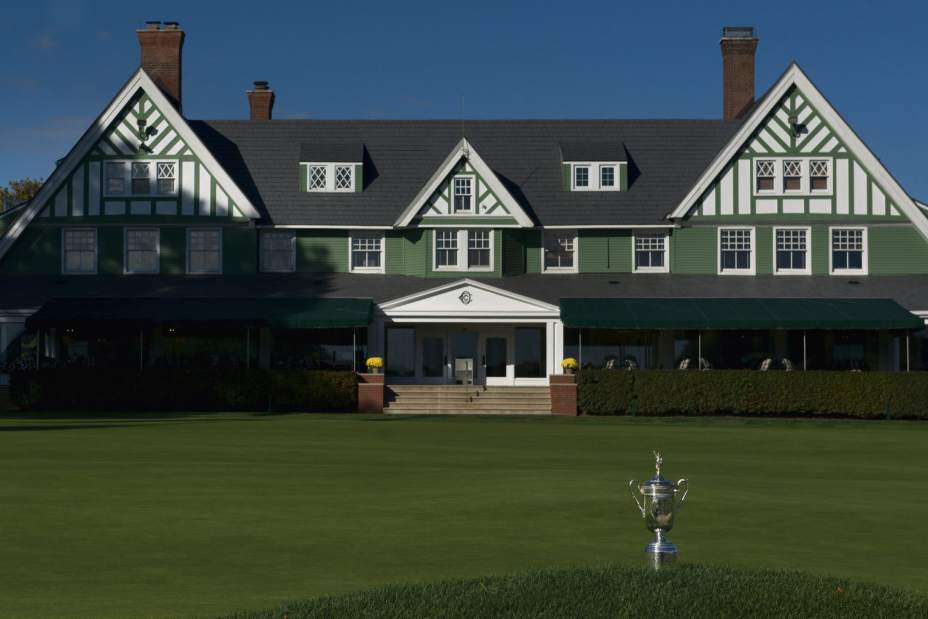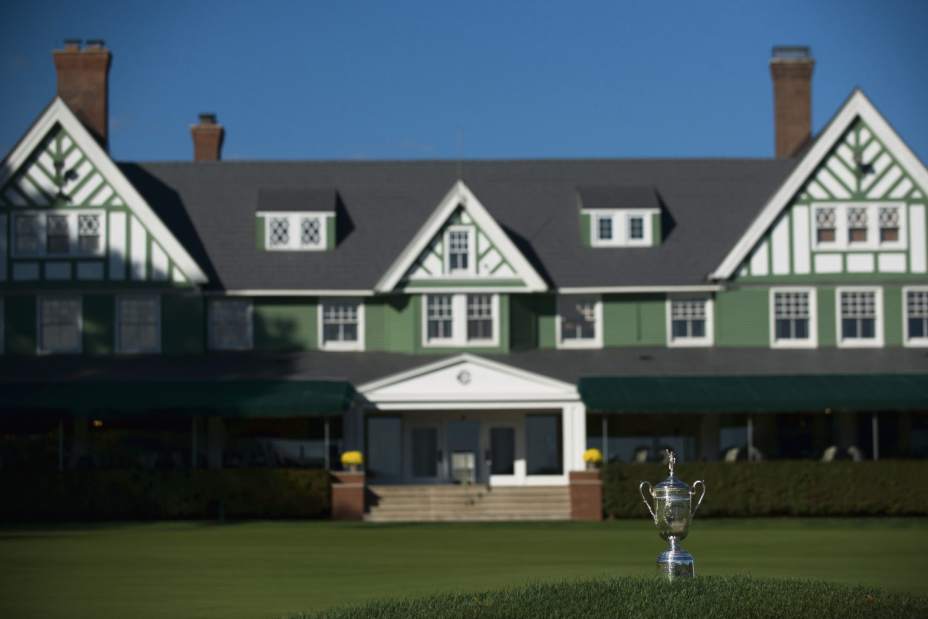Oakmont doubles down on U.S. Open difficulty level
Ask a golfer to describe Oakmont, and the adjective offered in response typically will be some variation of the word “difficult.”
The rough, the placement of the bunkers, the slope of the greens and even the absence of trees serve to stump and mystify, but there is something compelling about the challenge to the world's best golfers.
The pull of the 2016 U.S. Open, which will run Thursday through Sunday at Oakmont, is no different.
“The players do look forward to the Open. It's generally different than anything you've played that year,” said two-time U.S. Open champion and ESPN golf analyst Andy North. “Totally different setups and types of golf courses, and I think that's what makes the majors. You're tested, but that's why Oakmont is one of the three or four best U.S. Open golf courses. It's so difficult.”
Even more difficult is the task of proving oneself as the best golfer in consecutive U.S. Opens. Since the U.S. Open began as a tournament, just six golfers — Willie Anderson, John McDermott, Bobby Jones, Ralph Guldahl, Ben Hogan and Curtis Strange — have won the tournament in back-to-back years. Strange is the only golfer to do so in the past 50 years.
A large reason why is each new year brings a new course, and with it come new hazards and new tricks to draw upon. World No. 2 Jordan Spieth won last year's U.S. Open at Chambers Bay by a stroke but said narrower landing spots at Oakmont make for a different test.
“Chambers Bay was a bit different because it's a lot of drivers, and it's wider fairways,” said Spieth after a practice round at Oakmont in early May. “And sure, you can get into a lot of trouble there, but out here, you're going to have to curve the ball into these fairways to hold it in the right places, and you've got to take your medicine a lot more.”
Spieth is better off than many in that Oakmont's quirks are a medicine to which he has been exposed. For many professional golfers who never have seen Oakmont, busy tournament schedules in the weeks leading up mean their first look won't happen until the week after the Memorial Tournament, or the week before the U.S. Open begins.
Until then, most of what Oakmont first-timers have are descriptions from fellow pros, caddies and others who have played the course.
“I hear that it's really difficult,” said PGA Tour pro Patton Kizzire at The Players Championship. “I like difficult golf courses. I can embrace difficulty, but I hear it's just so awesome.”
Added Emiliano Grillo, who said his only exposure to Oakmont has been through television broadcasts: “It seems like you cannot look away from where you are at that moment. You've got to be at 100 percent every single shot out there, and it's going to be a great test, that's for sure.”
A major championship trophy and the winner's share of a $10 million purse are worthy of pursuit, but eight U.S. Opens' worth of history at Oakmont have shown there is no easy way to get there.
With narrow, unforgiving fairways and quick greens, failure in some capacity is likely at Oakmont. Mitigating that failure is key to victory.
“The U.S. Open is a grind,” said Rory McIlroy the Wednesday before The Players Championship. “You know you go there, and you shoot four scores around 70, you're going to have a great chance.”
Andrew Erickson is a Tribune-Review staff writer. Reach him at aerickson@tribweb.com or via Twitter @AErickson_Trib.


